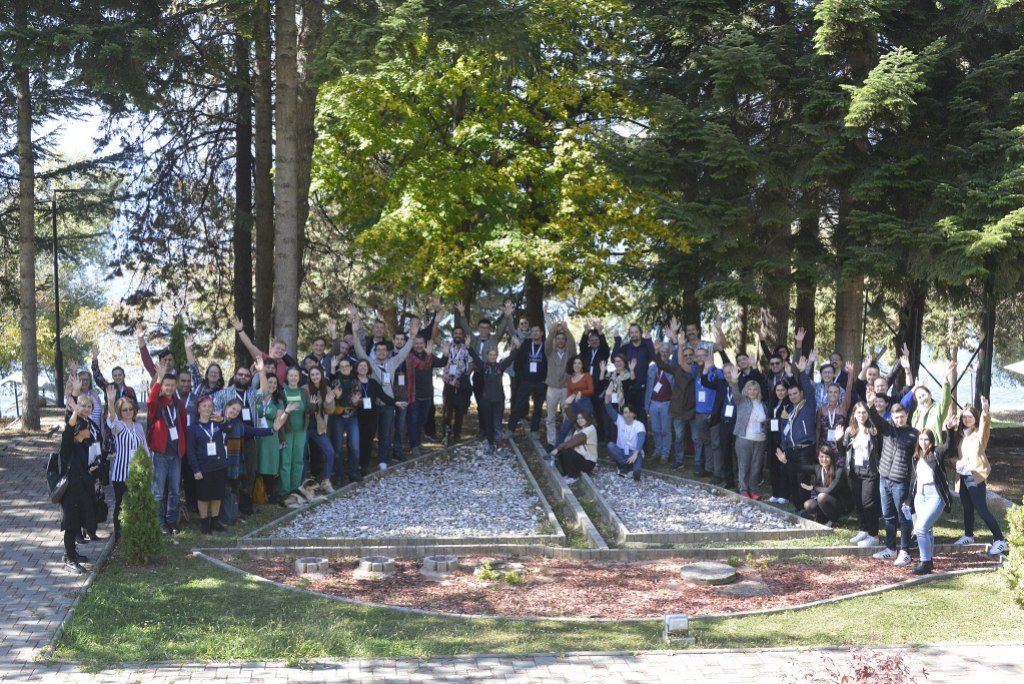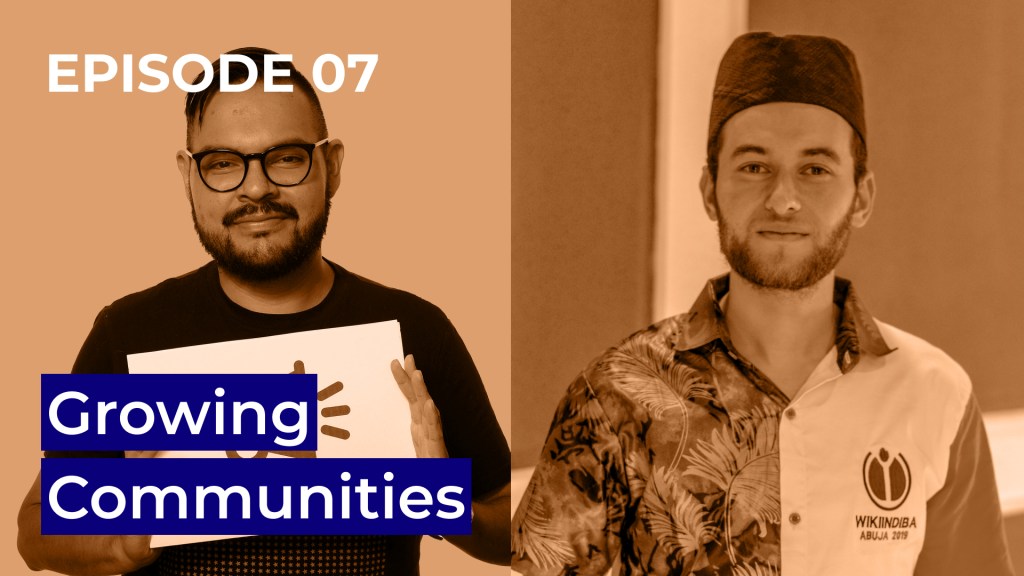News
Opensource.com: Why Drupal is the future of content strategy
Suzanne Dergacheva
Thu, 12/15/2022 – 03:00
Drupal is already a robust content management system and digital experience platform. It’s also playing a critical role in content strategy.
As a long-time advocate for open source and a contributor to Drupal, I spend a lot of time thinking about how organizations can leverage the platform. I’ve been thinking about…
3 CI/CD Jobs for Any Repository
How to troubleshoot IPsec VPN misconfigurations
Debugging IPsec VPN tunnels can be problematic, and this article offers tips to make it easier. Read More at Enable Sysadmin
The post How to troubleshoot IPsec VPN misconfigurations appeared first on Linux.com.
health @ Savannah: GNU Health Hospital Management client 4.0.2 available
Dear GNUHealth community:
I am happy to announce the maintenance release 4.0.2 of the Hospital Management client (GTK).
Release 4.0.2 of the GNUHealth HMIS client includes bug fixes (see the Changelog[1]) and is REUSE compliant[2].
As usual, the source code can be downloaded from the official GNU ftp site[3]. You can also install it directly via pip[4].
You can join us at Mastodon for the latest news and events around GNUHealth! (https://mastodon.social/@gnuhealth)
Happy and healthy hacking!
Luis
1.- https://hg.savannah.gnu.org/hgweb/health-hmis-client/file/5d21a06fa998/Changelog
2.- https://reuse.software/
3.- https://ftp.gnu.org/gnu/health/
4.- https://pypi.org/project/gnuhealth-client/
Madurai Is All Set For Christmas Celebration
Argus News is Odisha’s fastest-growing news channel having its presence on satellite TV and various web platforms. Watch the latest news updates LIVE on matters related to politics, sports, gadgets, business, entertainment, and more. Argus News is setting new standards for journalism through its differentiated programming, philosophy, and tagline ‘Satyara Sandhana’.
To stay updated on-the-go,
Visit Our Official Website: www.argusnews.in
iOS App: http://bit.ly/ArgusNewsiOSApp
Android App: http://bit.ly/ArgusNewsAndroidApp
Live TV: https://argusnews.in/live-tv/
Facebook: https://www.facebook.com/argusnews.in
YouTube: www.youtube.com/c/TheArgusNewsOdia
Twitter: https://twitter.com/ArgusNews_in
Instagram: https://www.instagram.com/argusnewsin
Argus News Is Available on:
TataPlay channel No – 1780
Airtel TV channel No – 609
Dish TV channel No – 1369
d2h channel No – 1757
SITI Networks – 18
Hathway – 732
GTPL KCBPL – 713
& other Leading Cable Networks please visit https://argusnews.in/channel_number for channel number list
You Can WhatsApp Us Your News On- 8480612900
#ArgusNews #ArgusEnglish #chennai #christmas #madurai
Assista os gols da 27ª rodada da Série B do Brasileirão
Author: Source Read more
Hotel ತೆರೆಯಲು ಪೊಲೀಸ್ ಇಲಾಖೆಗೆ ಮಾಲೀಕರ ಮನವಿ | *India | OneIndia Kannada
2 ವರ್ಷದ ಬಳಿಕ ಅದ್ಧೂರಿಯಾಗಿ ಹೊಸ ವರ್ಷ ಆಚರಣೆಗೆ ಸಿದ್ಧತೆ ನಡೆಯುತ್ತಿದ್ದು ಮಧ್ಯರಾತ್ರಿ 3 ಗಂಟೆವರೆಗೂ ಹೋಟೆಲ್ ತೆರೆಯಲು ಅನುಮತಿ ಕೊಡಿ ಎಂದು ಪೊಲೀಸ್ ಇಲಾಖೆಗೆ ಹೋಟೆಲ್ ಮಾಲೀಕರ ಸಂಘ ಮನವಿ ಮಾಡಿದೆ…After 2 years, the hotel owners’ association has requested the police department to allow the hotel to open till 3 am as preparations for the grand New Year celebration are underway.
Pretty Guardian Sailor Moon Special – Inheriting The Sailor Crystal | NHK WORLD JAPAN (FULL)
SAILOR MOON VIETNAM – NO.1 FANDOM OF SAILOR MOON IN VIETNAM
▶ Wordpress: http://sailormoonvietnam.wordpress.com
▶ Facebook: http://facebook.com/sailormoonvietnam
▶ Twitter: http://twitter.com/sailormoonvn
▶ YouTube: https://youtube.com/@sailormoonvietnam
▶ Instagram: http://instagram.com/sailormoonvietnam
▶ Dailymotion: http://dailymotion.com/sailormoonvietnam
▶ Tumblr: http://sailormoonvietnam.tumblr.com
▶ TikTok: http://tiktok.com/@sailormoonvietnam
▶ SoundCloud: http://soundcloud.com/sailormoonvietnam



